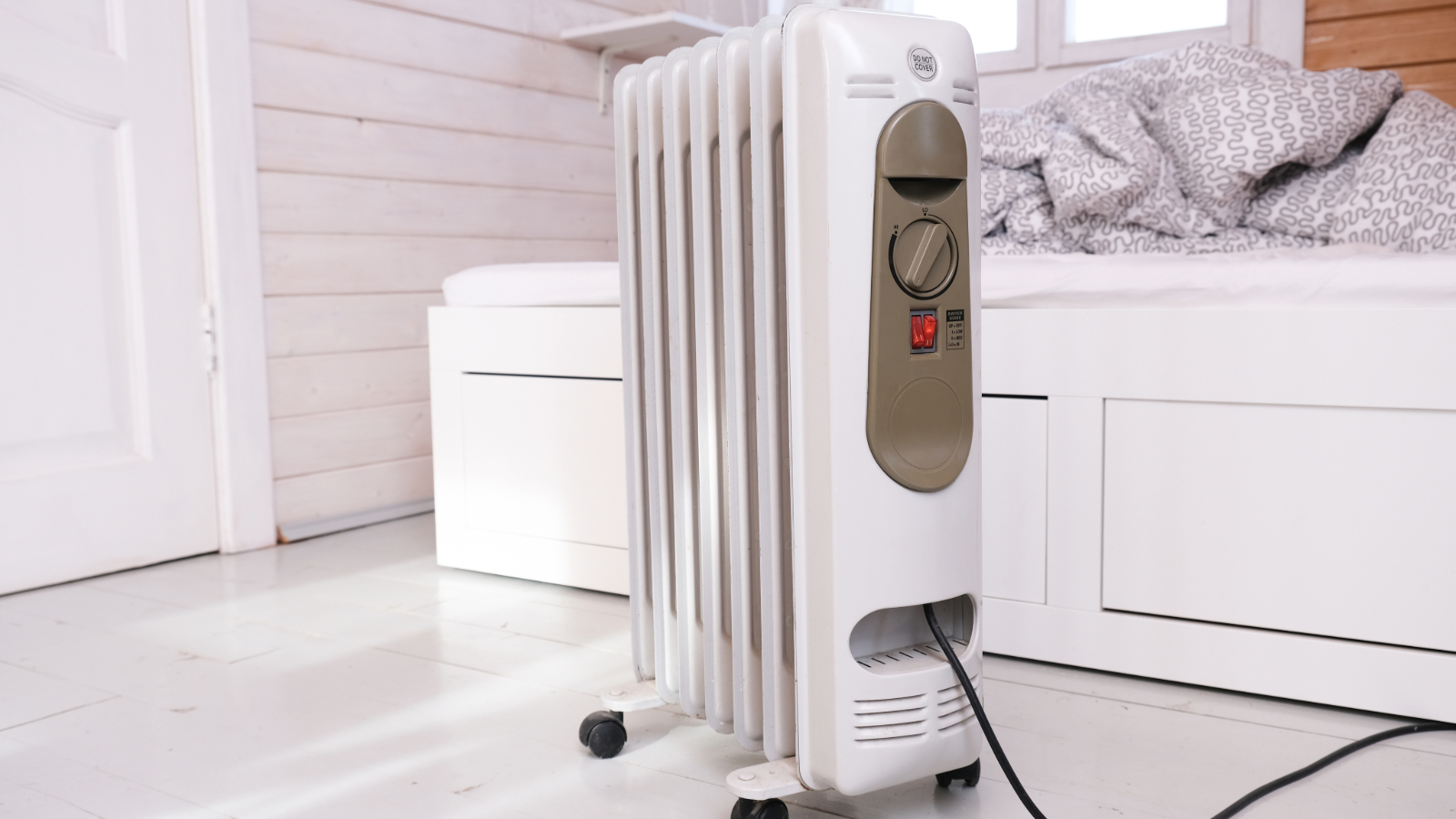Alternatives to fireplaces: Our top 5 picks
After alternatives to fireplaces? Whether you live in a home with no chimney or just want something other than a traditional open fire, we have some great ideas
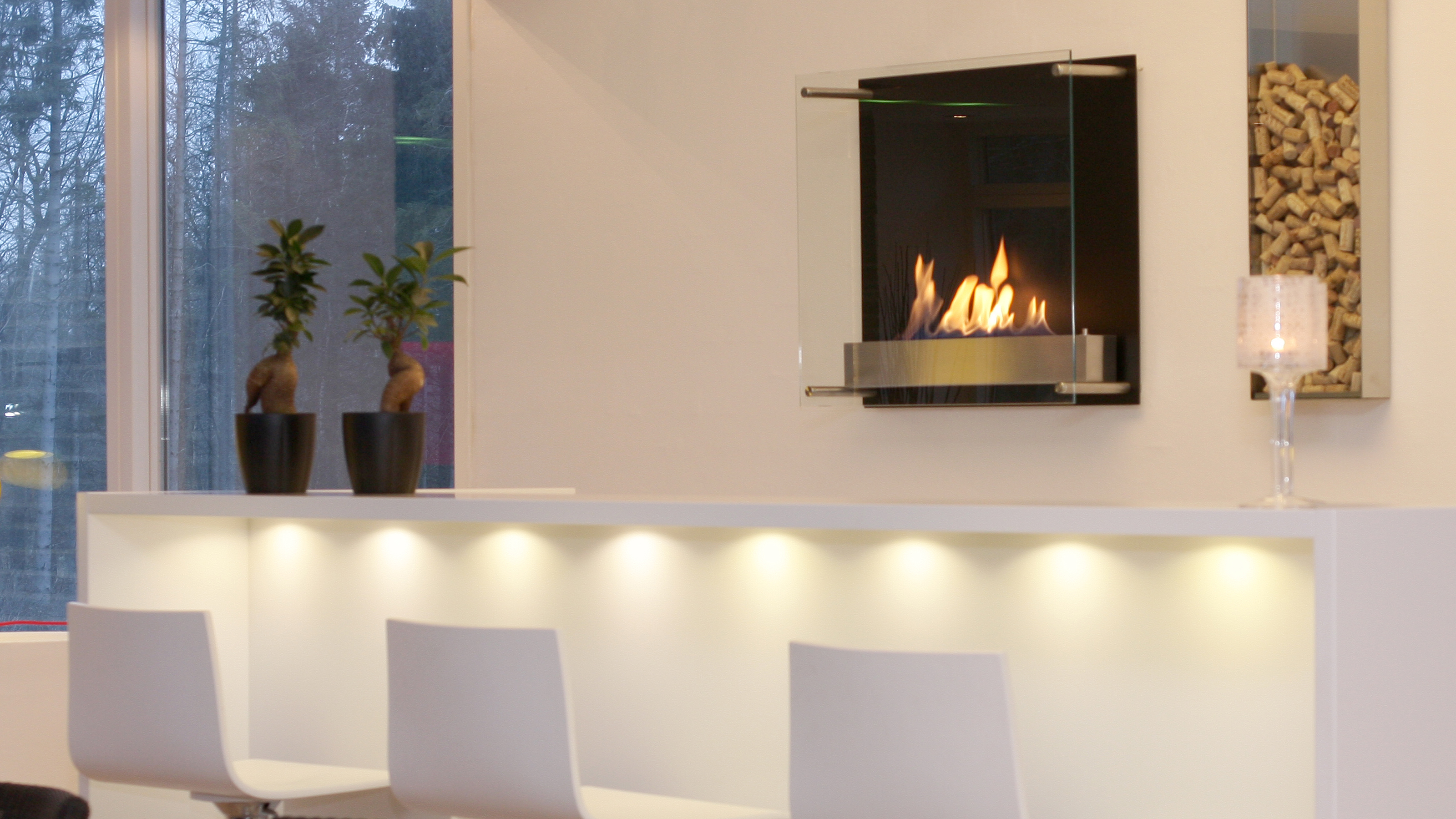
There are many alternatives to fireplaces out there but some are most certainly better than others.
There are also several reasons why people hunt for these alternatives to fireplace ideas — the main ones being because they have no chimney, live in a smokeless zone or simply don't want the hassle that setting, maintaining and cleaning an open fire or wood burning stove can entail.
We have been busy looking for the best fireplace alternatives around: from those that still provide a cosy heat source, to creative ideas for using a now redundant opening. These are our top five fireplace alternatives.
1. Opt for an easy electric fireplace
If you want a cosy focal point that still emits a good amount of heat, then an electric fireplace or stove may well be the best option for you.
In addition to being cheap to buy, electric log burners are also easy to install on a DIY basis. In the majority of cases, all that is needed is to plug them into a regular electrical socket.
Electric fires give off no fumes and don't need a chimney so whether you have an existing fire opening or simply want to create a point of interest on a bare wall; they are a brilliant option.
In terms of the heat they give off, don't expect them to kick out as much as you would get from an open fire, a wood burning stove or a gas stove. They do, however, work as a good secondary heat source in a room and provide a warming glow.
Bring your dream home to life with expert advice, how to guides and design inspiration. Sign up for our newsletter and get two free tickets to a Homebuilding & Renovating Show near you.
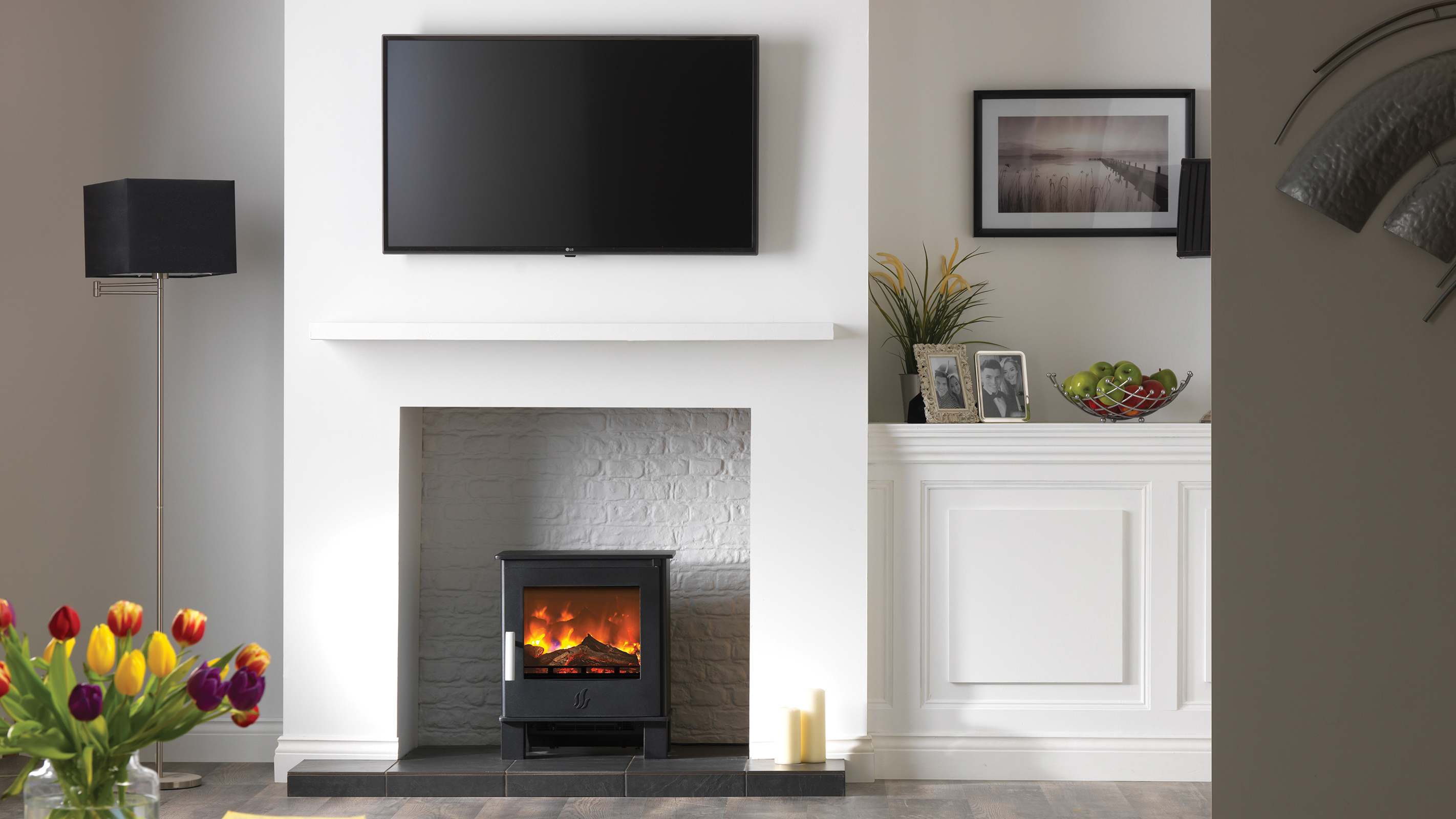
2. Consider a bioethanol fireplace
More and more people are turning to bioethanol fireplaces in place of open fires or wood burning stoves these days, drawn by their low maintenance requirements, the wide range of styles available and the fact you still get a living flame to gaze at on those frosty winter nights.
Bioethanol fireplaces use, as the name suggests, bioethanol as a fuel. This is a liquid fuel made by fermenting the sugar and starch elements of waste plant products, such as sugar cane and maize. This is then distilled in order to purify it and enhance its alcohol content.
This style of fireplace features a firebox (or combustion chamber, as it is sometimes known) into which the bioethanol is poured — there is often a heat output control on the firebox too. While on the subject of heat, don't expect the same kind of output as you would from an open fire or stove.
Other than that, the design of a bioethanol fireplace can take pretty much whatever form you fancy, from traditional-looking firebaskets containing false coals or logs, to hole-in-the-wall design inserts with ceramic pebble firebeds, wall-mounted models and even freestanding fires that look like works of art — plus many can be controlled via a remote control or smart device.
In terms of cost, they start from around £150, although some of the very design-led models can easily come in at closer to £800+. No chimney is required for a bioethanol fireplace.
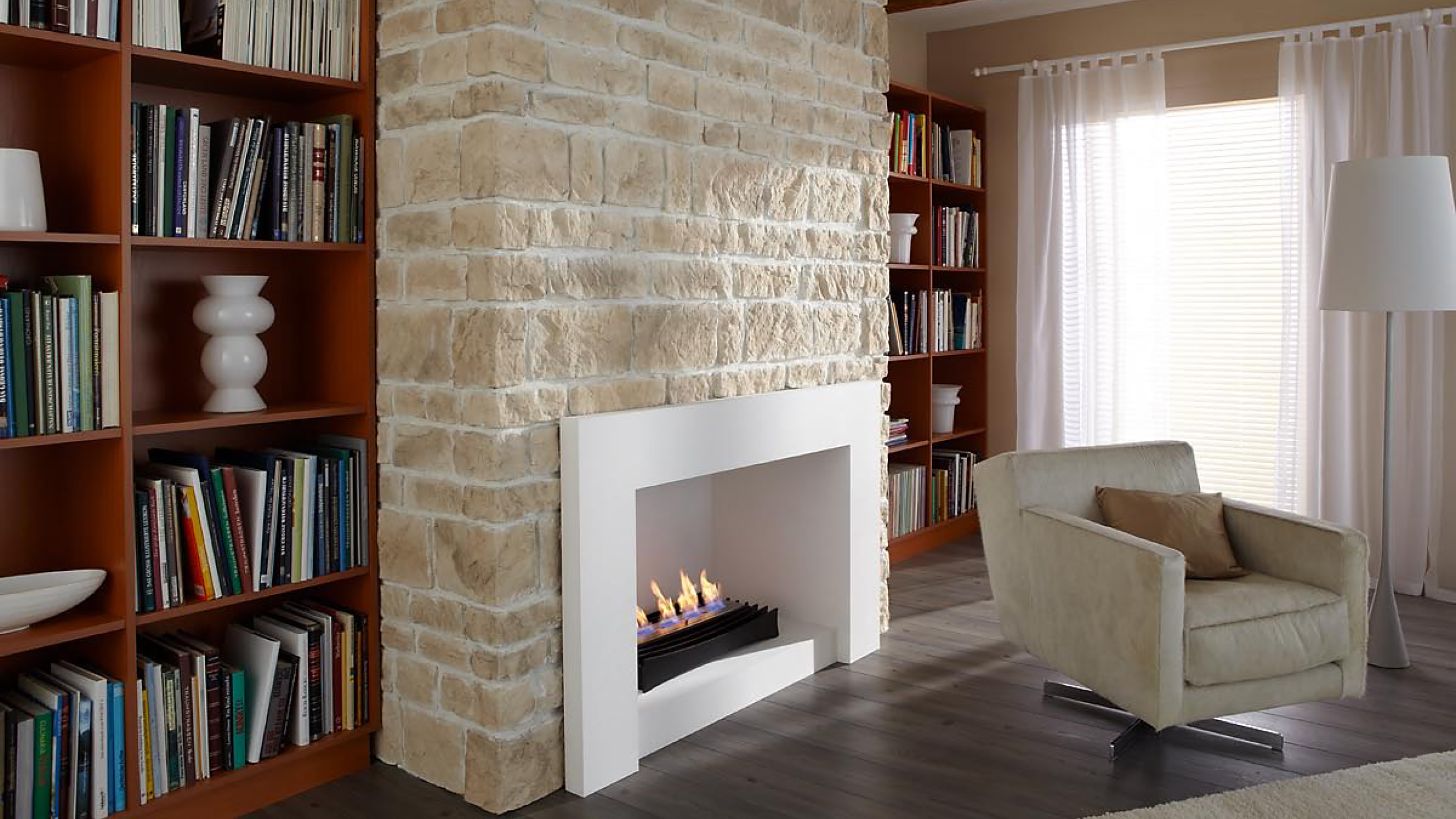
3. Enjoy real flames with a gas stove
Another fantastic alternative to a fireplace is a gas stove — a popular choice amongst those wondering, 'can you have a log burner without a chimney?'
Gas stoves can be fitted into an existing fireplace opening or anywhere else you fancy, being available in wall-mounted designs or freestanding models, as well as more traditional styles.
They are ideal if it is real flames you crave, won't require you a supply of logs or kindling and you won't need a chimney — plus they give off a good amount of heat.
Cost-wise, they can be picked up for as little as a few hundred pounds, although more stylish designs can creep up to over £1,000.
For all their benefits, don't forget that you will require a good ventilation source in order to live safely with a gas stove and you must ask a Gas Safe registered engineer to install it, in order to comply with Building Regulations.
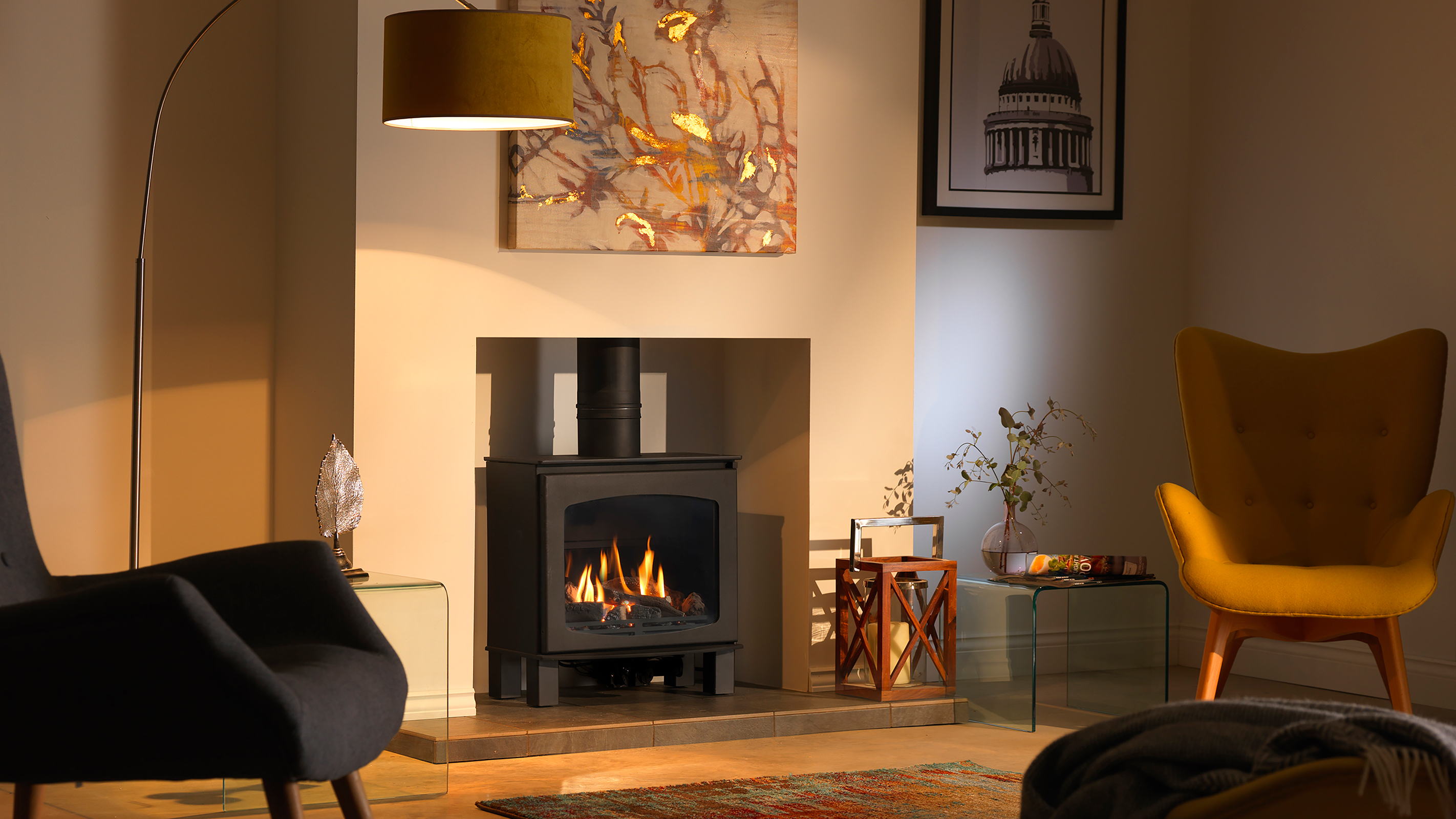
4. Skip the fire altogether
Just because you have an existing fire opening, it doesn't mean you have to fill it with a heat source or a look-a-like fire — there are some really stylish and imaginative ways to treat redundant fire openings that are both useful and eye-catching.
One of the most popular ways to fill an empty fireplace is to use neatly stacked logs for a cosy cabin look. Although this is an idea we love, if you want to avoid dusting the logs or finding spiders have decided your fireplace looks like somewhere they want to call home, there are alternatives.
You could create a similar look by boarding over the opening and affixing log-effect tiles or wallpaper. Or, how about fitting the opening with useful shelving for books or ornaments? Many people who still want flickering flames simply place a selection of candles of various heights here instead.
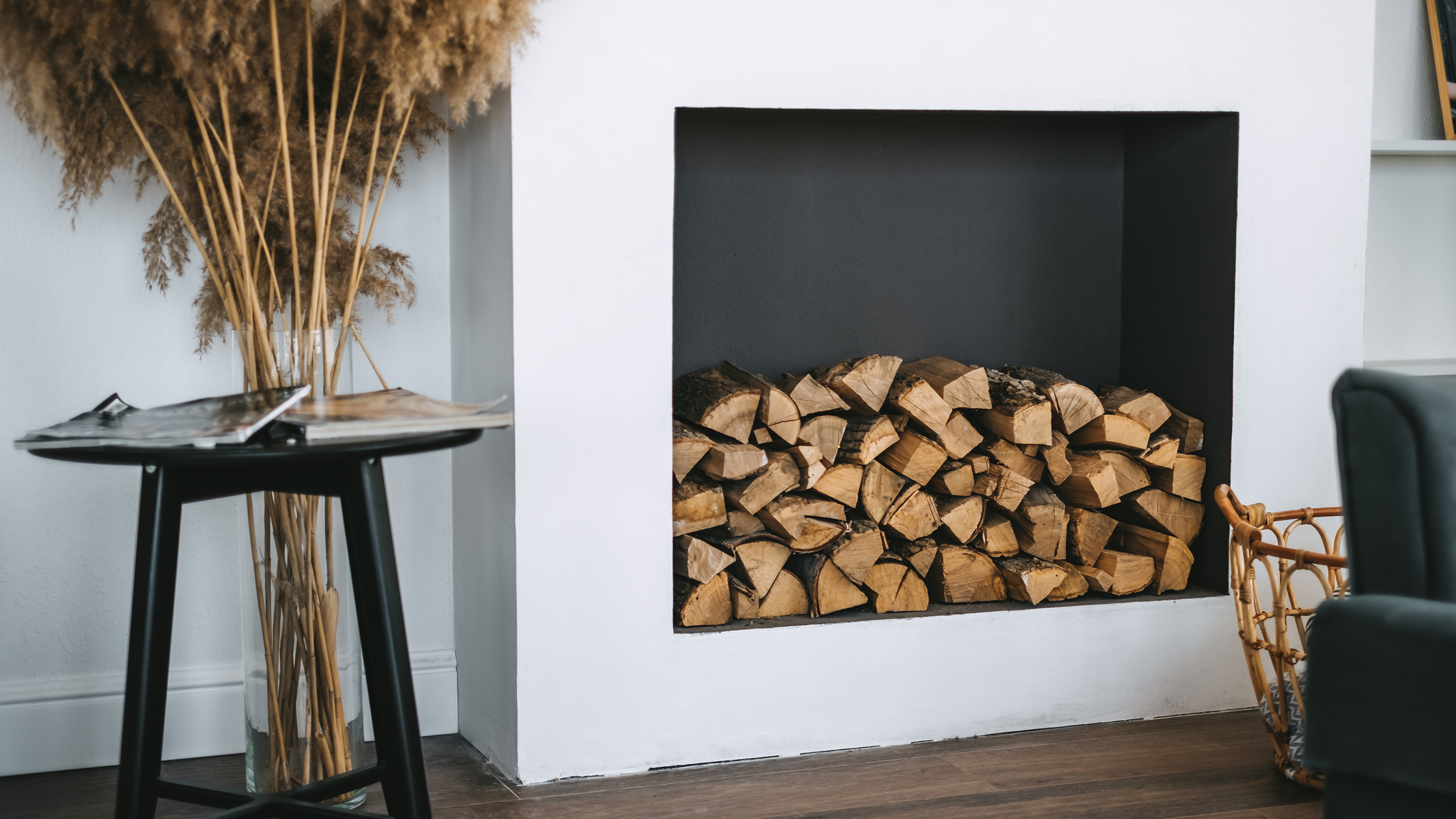
5. Build a media wall
Media walls are hugely popular at present, packing in all of your media equipment in one place and designed to become a stylish focal point, as well as an incredibly useful addition in living rooms.
Media walls are much more than a TV mounted on the wall — they can also house all the cabling for a television and any associated boxes and devices, as well as games consoles and handy shelving, drawers and cupboards — plus, you guessed it, this also makes the perfect spot for a heat source.
Electric fires make sense when it comes to media walls as they don't produce excessive heat that will rise up and affect equipment — many models are designed to be operated with no heat at all while still producing realistic flames.
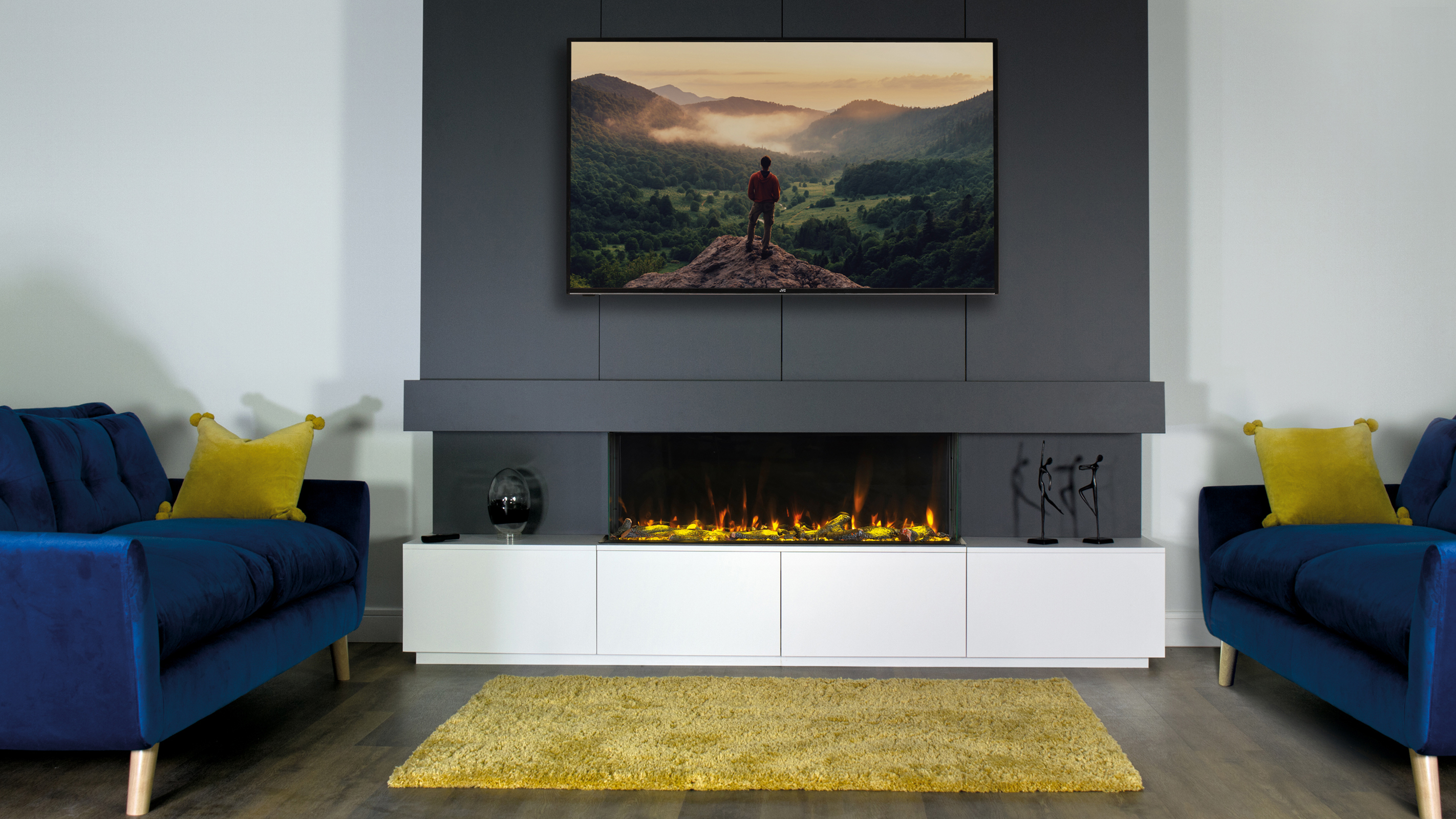
Natasha was Homebuilding & Renovating’s Associate Content Editor and was a member of the Homebuilding team for over two decades. In her role on Homebuilding & Renovating she imparted her knowledge on a wide range of renovation topics, from window condensation to renovating bathrooms, to removing walls and adding an extension. She continues to write for Homebuilding on these topics, and more. An experienced journalist and renovation expert, she also writes for a number of other homes titles, including Homes & Gardens and Ideal Homes. Over the years Natasha has renovated and carried out a side extension to a Victorian terrace. She is currently living in the rural Edwardian cottage she renovated and extended on a largely DIY basis, living on site for the duration of the project.

